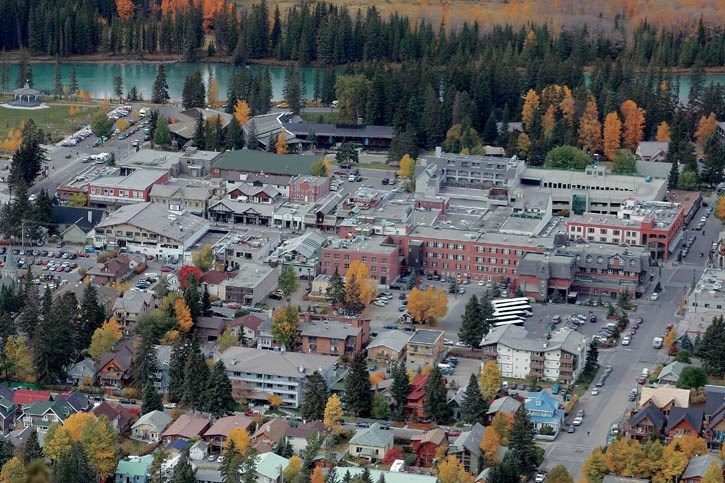BANFF – The Town of Banff’s planning and development department is about to see some significant change.
Randall McKay, the department’s director, planned to step away from the position he’s held for more than two decades in December to take on a two-year contract position as manager of strategic initiatives and special projects.
However, with Town Manager Robert Earl’s decision to leave Banff to be chief administrative officer of Colwood, B.C., McKay is taking on the role of interim town manager in early August until a permanent replacement is found.
“We had been planning on activating our succession plan at the end of the year,” said McKay, who is not applying for the permanent town manager role. “These new appointments in planning and development simply advance that timetable.”
The succession plan will move Darren Enns into the role of director, David Michaels to development services manager and provide an opportunity to hire Emma Sanborn as a permanent development planner instead of an in-house term contract.
Jennifer Laforest, with her wide range of heritage planning expertise, remains in her role as both development planner and heritage planner. She will also continue providing administrative support to the Banff Heritage Corporation.
In addition, the planning and development department will be hiring a new environmental manager with Chad Townsend’s departure mid-August to work for the Vancouver Board of Parks and Recreation.
In recent years, the planning and development department has been experiencing an unprecedented workload, struggling to keep up with the record number of development and building permits.
As the townsite continues to evolve now that commercial build-out essentially has been reached, it’s anticipated ongoing reinvestment and redevelopment activity will continue for quite some time.
Enns said he’s embracing this opportunity to take on the director position for the busy department.
“In this role, you see yourself as a steward of history in the sense you’re picking up on successes that have been over a century in the making, from George Stewart laying out the town in the 1880s to today,” he said. “I think that’s the responsibility that comes with this role.”
McKay said the complexity involved at senior leadership levels in the Town of Banff is significant, adding he believes that preparing top talent to take on these roles and challenges is essential to organizational success.
“Aside from the cost and time it takes to recruit new staff, the loss of organizational memory is not to be underestimated,” he said.
“We have the right people with the right skills, capabilities, and experiences, in the right place at the right time to move forward at the end of July.”
In 2020, McKay will take on a limited term contract as strategic initiatives and special projects manager.
One of the biggest projects on his plate will be coordinating the review and update of the Banff Community Plan once the new Banff National Park Management Plan has been adopted.
His work, among other things, will also involve finalizing the Railway Lands Area Redevelopment Plan, the preparation of a framework for commemoration of historical Indigenous contributions and assisting with the development of a heritage master plan for Banff.
In the meantime, he said: “I am excited and honoured to act as interim town manager until a suitable candidate can be found to fill the position.”
McKay started working at the Town of Banff in fall of 1993 and was promoted to head up the planning and development department in 1997.
“There’s been such a tremendous amount of change over that period of time,” he said, pointing to the Banff Bow Valley Study in the mid-1990s that looked at broader park policy, but also had direct implications for Town of Banff’s planning and development policy.
A new Banff National Park management plan in 1998, which followed the $2 million, two-year study, led to a cap on commercial development for the townsite.
“Growth management has evolved and been very successful, but those were significant shifts in thinking back then,” McKay said.




